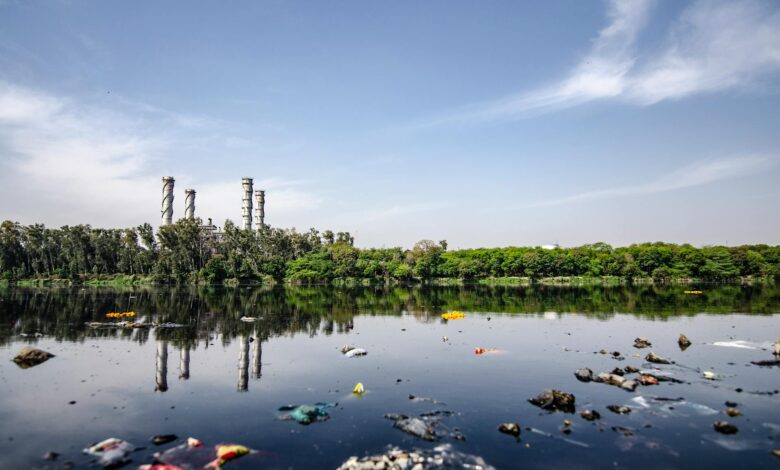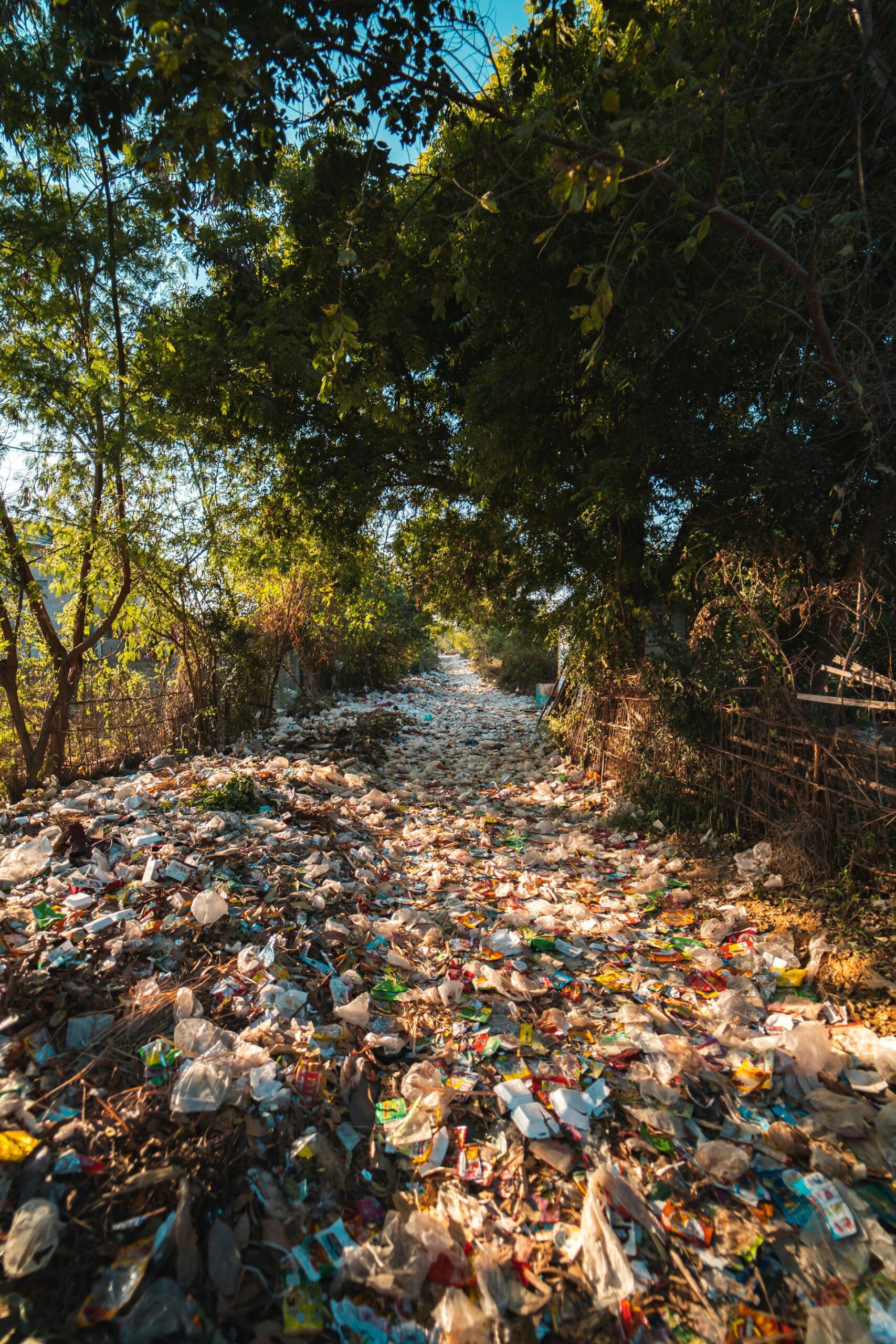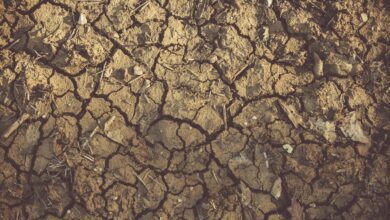Understanding the Different Types of Pollution: A Comprehensive Guide

Introduction to Pollution
Pollution is the introduction of harmful substances or contaminants into the natural environment, which can have detrimental effects on living organisms, ecosystems, and human health. The sources of pollution can be natural, such as volcanic eruptions, or human-made, such as industrial activities, transportation, and agricultural practices. Regardless of the origin, pollution can have far-reaching consequences that require immediate attention and action.
Air Pollution: Causes and Effects
Air pollution is the contamination of the atmosphere with harmful substances, such as particulate matter, gases, and chemicals. The primary causes of air pollution include the burning of fossil fuels, industrial emissions, vehicle exhaust, and agricultural practices. The effects of air pollution can be severe, including respiratory problems, cardiovascular diseases, and increased risk of cancer. Additionally, air pollution can contribute to climate change, acid rain, and the depletion of the ozone layer.
Water Pollution: Sources and Impacts
Water pollution is the contamination of bodies of water, such as rivers, lakes, and oceans, with harmful substances. The sources of water pollution include industrial waste, sewage, agricultural runoff, and oil spills. The impacts of water pollution can be devastating, affecting aquatic ecosystems, drinking water quality, and human health. Water pollution can lead to the loss of biodiversity, the spread of waterborne diseases, and the disruption of food chains.
Soil Pollution: Reasons and Consequences
Soil pollution is the contamination of the Earth’s surface with harmful substances, such as heavy metals, pesticides, and industrial waste. The primary causes of soil pollution include improper waste disposal, industrial activities, and agricultural practices. The consequences of soil pollution can be far-reaching, including reduced soil fertility, the accumulation of toxins in the food chain, and the degradation of ecosystems.
Noise Pollution: Causes and Solutions
Noise pollution is the excessive or unpleasant sound that can have negative effects on human health and the environment. The main sources of noise pollution include transportation, industrial activities, and construction. Exposure to noise pollution can lead to hearing loss, stress, and disruption of sleep patterns. Solutions to noise pollution include the use of sound-absorbing materials, the implementation of noise-reduction technologies, and the establishment of noise-control regulations.
Light Pollution: Effects on the Environment and Human Health
Light pollution is the excessive, misdirected, or obtrusive use of artificial (usually outdoor) light. It can have significant impacts on the environment, including the disruption of circadian rhythms in animals and the disruption of nocturnal ecosystems. Light pollution can also affect human health, leading to sleep disturbances, hormone imbalances, and increased risk of certain health conditions.
Thermal Pollution: Understanding the Concept and Effects
Thermal pollution is the degradation of water quality by the introduction of heat, usually from industrial or power plant processes. This can lead to the disruption of aquatic ecosystems, the reduction of dissolved oxygen levels, and the alteration of the natural temperature balance in bodies of water. Thermal pollution can have far-reaching consequences, including the loss of biodiversity and the disruption of food chains.
Radioactive Pollution: Sources and Dangers
Radioactive pollution is the contamination of the environment with radioactive substances, such as those produced by nuclear power plants, medical facilities, and nuclear weapons testing. Exposure to radioactive pollution can have severe health consequences, including increased risk of cancer, genetic mutations, and radiation sickness. Proper containment and disposal of radioactive waste are crucial to mitigating the dangers of radioactive pollution.
Plastic Pollution: The Growing Environmental Threat

Plastic pollution is the accumulation of plastic waste in the environment, particularly in the oceans. The primary sources of plastic pollution include single-use plastics, abandoned fishing gear, and the improper disposal of plastic products. Plastic pollution can harm marine life, disrupt ecosystems, and even enter the human food chain, posing a significant threat to human health.
Combating Pollution: Individual and Collective Efforts
Addressing the different types of pollution requires a multifaceted approach that involves individual and collective efforts. At the individual level, actions such as reducing energy consumption, recycling, and adopting sustainable practices can make a significant impact. At the collective level, governments, businesses, and communities must work together to implement policies, technologies, and initiatives that tackle the root causes of pollution.
Conclusion: The Need for Sustainable Practices to Prevent Pollution
Pollution is a complex and multifaceted issue that requires a comprehensive understanding of its various forms and their impacts. By recognizing the different types of pollution and their consequences, we can take meaningful steps to address this pressing global challenge. Embracing sustainable practices, promoting environmental awareness, and fostering collaboration among stakeholders are crucial in our collective effort to create a cleaner, healthier, and more sustainable future for our planet and its inhabitants.




